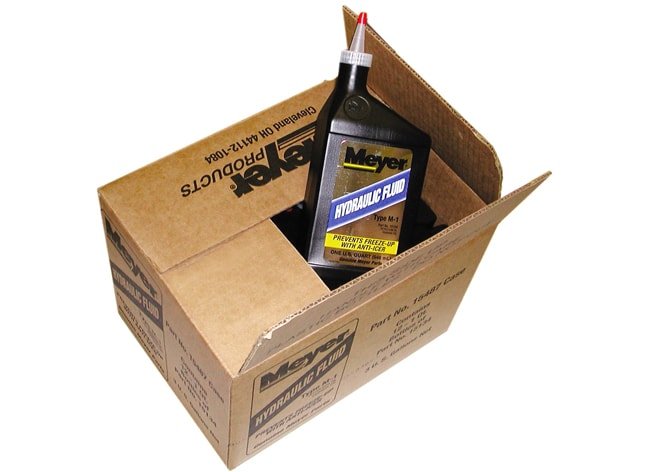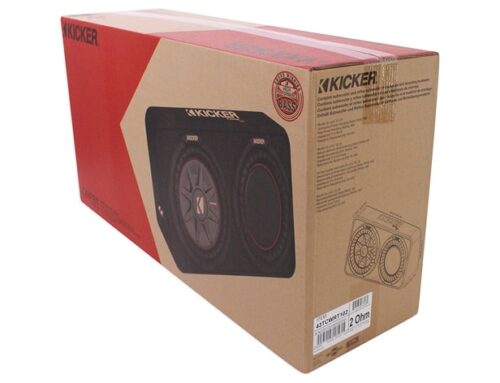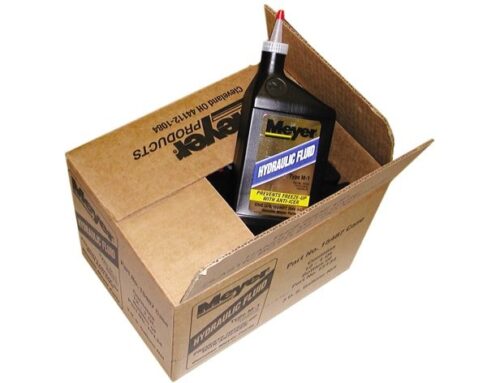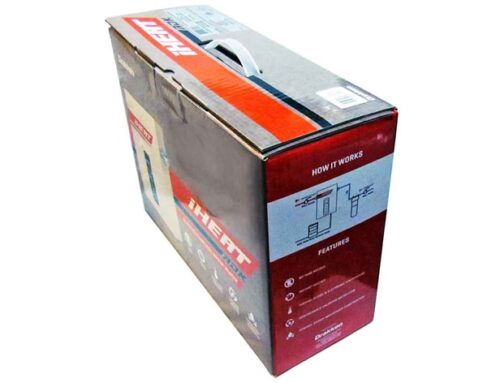Packaging is one of the most important aspects of product marketing. It’s not only what your product looks like, but what it feels like and how it impacts your customer’s experience. In this post, we will share five tips for choosing the right packaging for your product. From knowing your target market to determining the best packaging for your product, read on to learn more about how to choose the right packaging for your product.
What is packaging?
When it comes to choosing the right packaging for your product, there are a few things to consider.
The first thing to consider is the product itself. What type of product is it? Is it a physical product, like a book or toy? Or is it an electronic product, like a computer program or smartphone app?
Once you know the type of product, the next thing to consider is what kind of packaging it needs. Is the product sensitive to temperature or environment? Does it need special protection from moisture or dust?
Then, you need to decide what kind of packaging will best preserve and protect the product. There are a few different types of packaging that can be used for products such as books, toys, and electronic devices:
-Tear-resistant packaging: This type of packaging is designed to prevent damage during shipping and storage. It can be made out of materials like plastic or metal, and features strong seams that keep the contents intact when opened.
-Clamshell packaging: This type of packaging is similar to tear-resistant packaging, but features two separate sections that open along vertical planes. It’s often used for products that need to be opened quickly, like food items or medicine bottles.
-Boxes: Boxes are one of the most popular types of packaging for physical products. They’re simple to produce and can be made out of a variety of materials, including paper and cardboard. They
Types of packaging
Packaging is one of the most important aspects of a product. There are a variety of types of packaging to choose from, and it can be difficult to decide which is the best option for your product.
Here are five tips to help you choose the right type of packaging for your product:
1. Target a specific market.
When choosing a type of packaging, it’s important to target the market that your product is intended for. For example, if you’re selling cigarettes, you might want to select luxurious packaging that will appeal to high-end smokers. On the other hand, if you’re selling dietary supplements, you might want to go with more affordable packaging that will reach a wider audience.
2. Consider the environment your product will be sold in.
Some products need special packaging because they’re prone to damage or destruction if they’re not stored properly. For example, pharmaceuticals need specialized storage conditions in order to prevent them from going bad. Therefore, it’s important to consider how your product will be used before choosing its packaging.
3. Consider the cost factor.
Cost is another important factor when choosing a type of Packaging for your product . Generally speaking, more expensive packaging options tend to offer better protection and durability than less expensive options. However, this doesn’t mean that all expensive packages are better; there are many inexpensive (and even free) ways to protect your product’s contents from damage or deterioration.

Corrugated Carton Box
How to choose the right type of packaging for your product
In order to select the right type of packaging for your product, you will need to consider a few key factors.
The first factor to consider is the product itself. What is the product made of? Is it delicate or tough? If it is delicate, you may want to choose a package that is more protective, like an envelope. If the product is tough, you may want to go with a package that is easy to open and reseal, like a can.
Next, you will need to decide on the target market for your product. Are you selling to consumers or businesses? How important are aesthetics to them? Do they care about how much information is on the package?
After you have determined what type of packaging works best for your product and target market, next you need to decide on the price point of your product. Most products fall into one of two price points: inexpensive or expensive. Inexpensive products tend to be packaged in lower-quality packaging while expensive products tend to be packaged in higher-quality packages. You will also want to consider whether or not you are going niche or mainstream with your product. Niche products typically require higher-quality packaging because they are sought after by a smaller group of people. On the other hand, mainstream products usually require less-expensive packaging because they are easier for more people to buy and consume.
Once you have determined all these factors, it’s time to start designing your packaging!
Pros and cons of different types of packaging
There are a number of different types of packaging that can be used for products, and it can be hard to decide which is the best option for a product. Here are some of the pros and cons of each type of packaging.
Closed-packaging
One advantage of closed-packaging is that it protects the contents from light and air. This means that products in closed-packaging tend to last longer than products in open packaging. Closed-packaging also makes it easier to track how many units have been sold and whether or not the product is being returned.
One disadvantage of closed-packaging is that it can be difficult to resell products that are in closed packaging. Consumers may not be interested in purchasing products that are difficult to open. Additionally, if there is a problem with the product inside the package, it can be difficult to find out about it.
Open-packaging
One advantage of open-packaging is that it allows consumers to see what is inside the package. This can make it easier for them to choose a product they want to buy. It also allows consumers to compare different brands and models of products side by side.
One disadvantage of open-packaging is that it allows pests, such as insects, into the package. This can lead to food spoilage and contamination. Additionally, insects may crawl into crevices where they could collect harmful residue or bacteria. If this happens, customers might experience
Conclusion
There’s a lot to consider when choosing the right packaging for your product. From the look and feel of the package to how it will be received and used, it can make a big difference in the success or failure of your product. Make sure you take all these factors into account when you’re designing your packaging, because if you do it right, you’ll have a package that people love and that helps promote your product in the best possible way.









